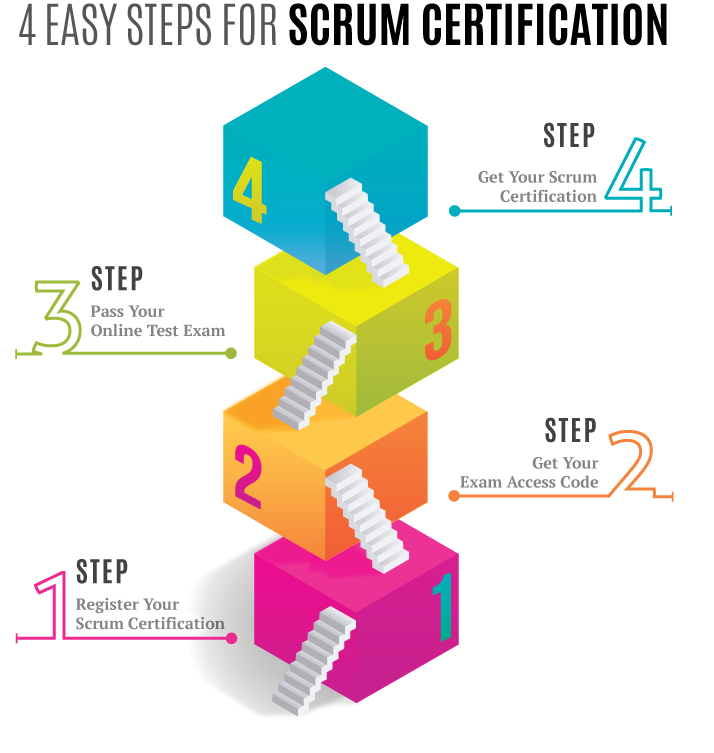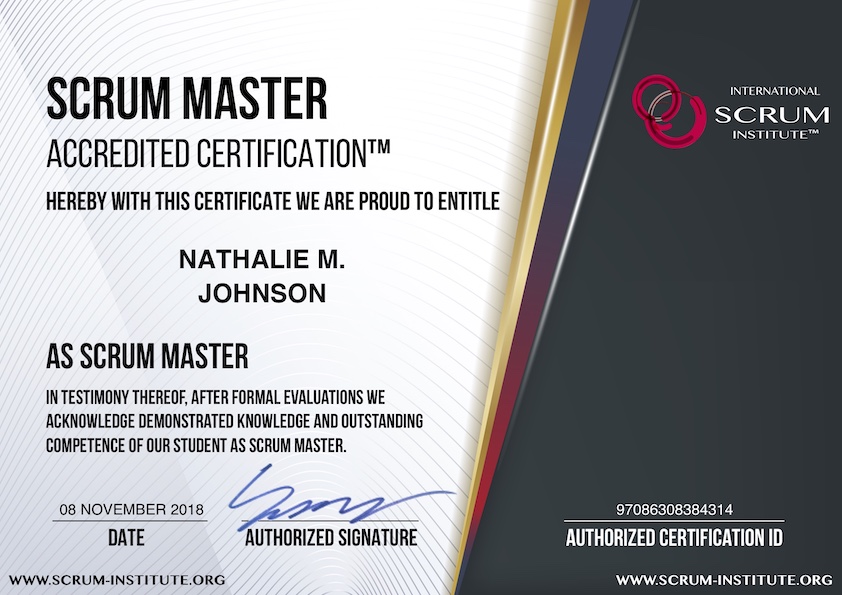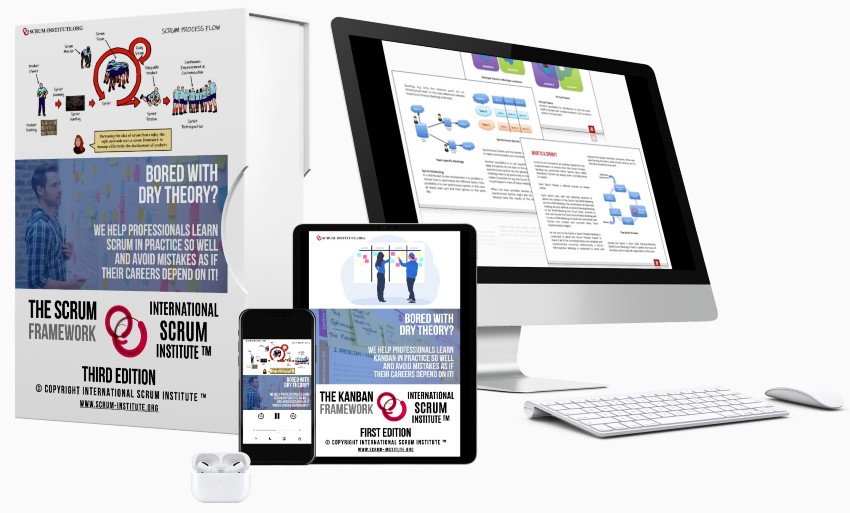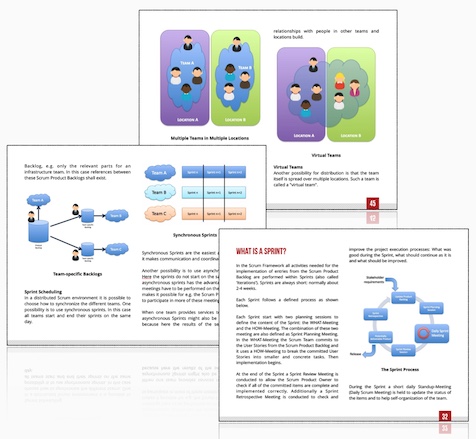What Makes the Scrum Framework Succeed? - International Scrum Institute
The Scrum framework changes the classical triangle of project management. The compromise is no longer between Time, Budget and Quality. It is now becoming the triangle of Budget, Time and Functionality.
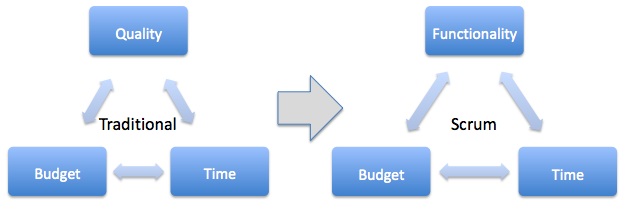
Triangle of Project Management
Quality is no longer an option. In Scrum the factors that define when a feature is complete (in terms of quality, required testing, documentation etc.) are defined by the Definition Of Done (DoD) right at the start of the project. No incomplete or untested feature will be released to the customer. Now the functionality to implement will be defined throughout the course of the project and implemented incrementally. This incremental development allows to remain flexible and to change in a controlled manner without the additional costs and risks of jeopardizing large chunks of previous work. At the end of each increment (Sprint) a result is available that can be shown and discussed with the customer to get and incorporate feedback as soon as possible.
As this flexibility does not only apply to software requirements, but also to the operational processes themselves, the Scrum Framework allows optimizing resources usage (time, budget) and minimizes waste.
Studies have shown that Scrum has following positive effects in practice:
- Increased productivity
- Better product quality
- Reduced or stable project costs after introducing agile methods
- Higher customer satisfaction
- Increased satisfaction and motivation of the employees
So even if introducing and using the Scrum Framework is sometimes non-trivial, the flexible and iterative approach of the Scrum Framework eases handling of complexity and better copes with the fact of ever-changing customer and business requirements. Thus, Scrum is in most cases a better alternative to the classical methodologies.
Share It With Your Colleagues and Friends to Help Them Learn:
What Makes the Scrum Framework Succeed? - International Scrum Institute
|
|

|

|

|

|
|
 SCRUM INSTITUTE™
SCRUM INSTITUTE™

